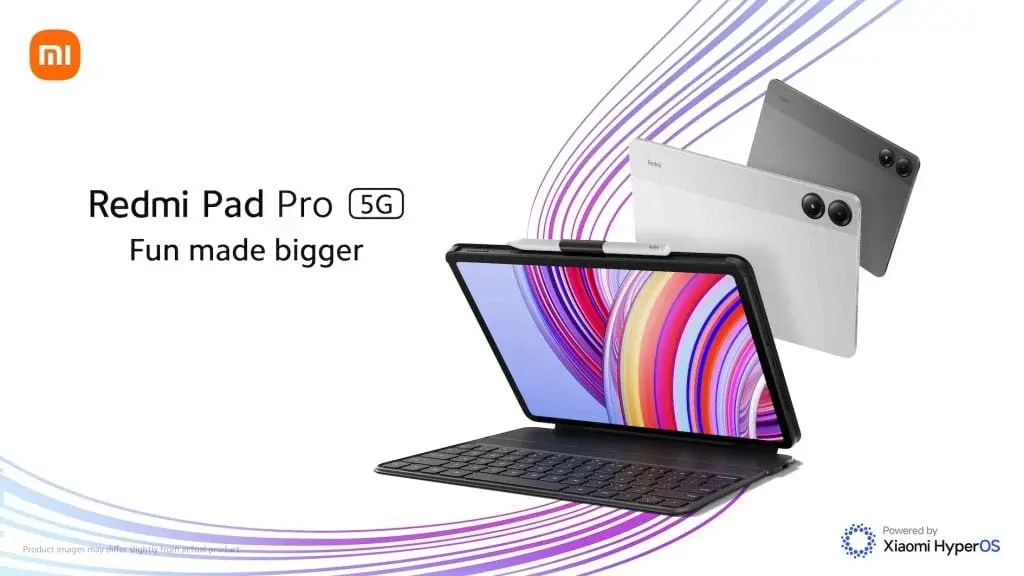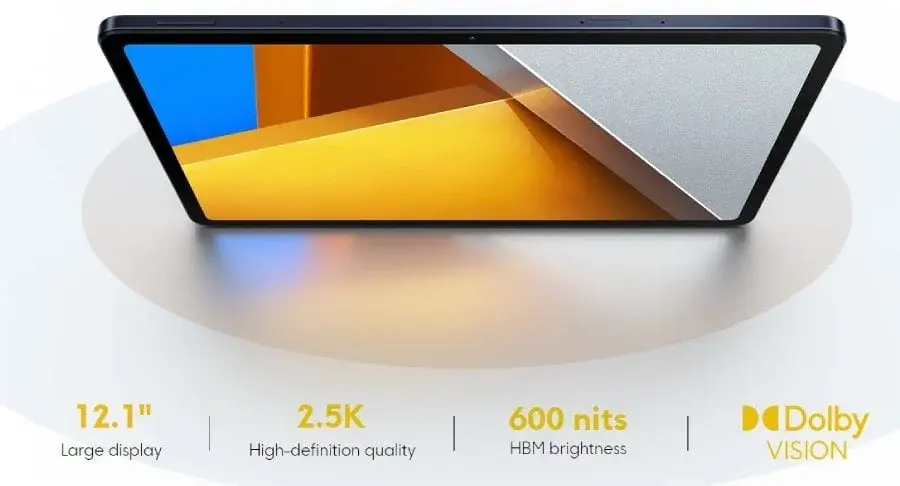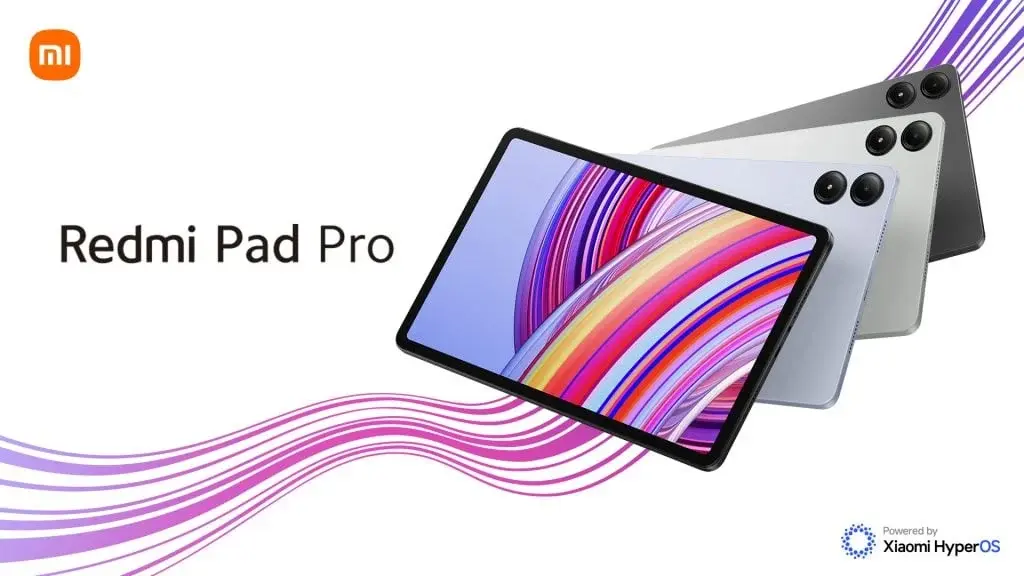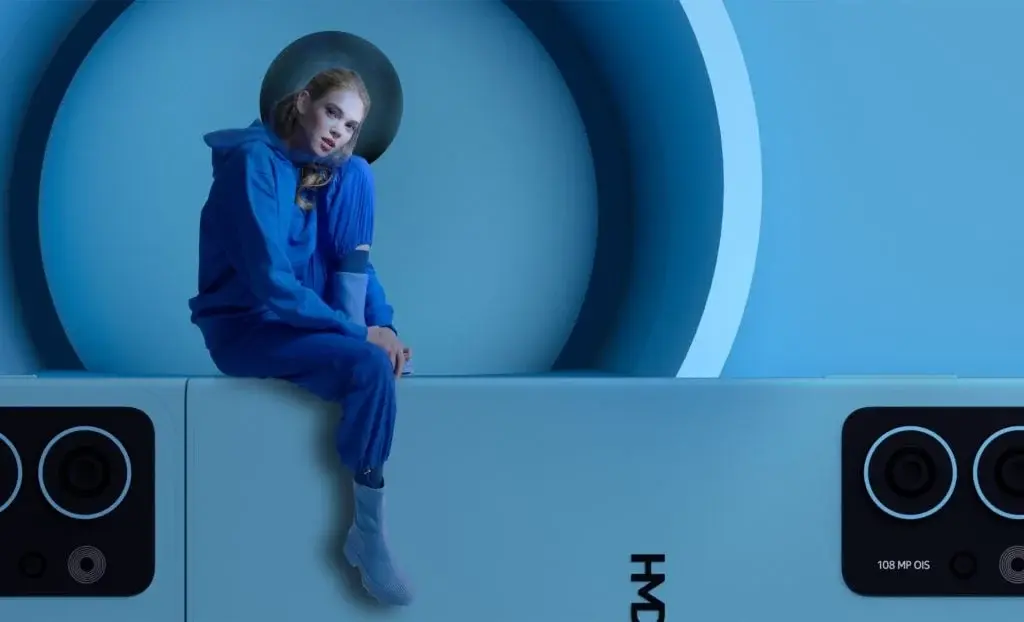After launching the Moto Edge Ultra, Edge Pro, and Edge Fusion, Motorola has now introduced another smartphone to its lineup: the Motorola Edge (2024). This device is the follow-up to the Edge (2023), which was released in October 2023. The latest model features an enhanced processor and an upgraded primary camera.
Motorola Edge (2024) Specifications
The Motorola Edge (2024) sports a 6.6-inch pOLED display, boasting a resolution of 2400 × 1080 pixels and a refresh rate of 144Hz. The screen supports 10-bit colors, offers up to 1300 nits peak brightness, and is protected by Gorilla Glass 3.
Inside, it is equipped with a Snapdragon 7s Gen 2 processor that has a maximum clock speed of 2.4GHz, paired with an Adreno 710 GPU. This represents a 22% improvement in multi-core performance and an 11% enhancement in GPU performance compared to the Dimensity 7030 SoC found in last year’s model. The device also includes 8 GB LPDDR4X RAM and 256GB UFS 2.2 storage.
Camera and Other Features
For photography, the phone utilizes a 50MP Sony LYT-700C sensor as its main camera, which is an upgrade from the 50 MP Omnivision OV50A sensor in the previous model. This camera features an f/1.88 aperture and optical image stabilization. The secondary camera is a 13 MP ultra-wide unit with an f/2.2 aperture, also capable of taking macro shots. On the front, there is a 32 MP selfie camera with an f/2.4 aperture and Quad Pixel Technology (pixel binning).
The Motorola Edge (2024) operates on Android 14 and is powered by a 5,000mAh battery that supports 68W fast charging and 15W wireless charging. Additional highlights include an IP68 rating for dust and water resistance, 5G connectivity (SA/NSA), Dual 4G VoLTE, Wi-Fi 6E 802.11ax (2.4GHz/5GHz), Bluetooth 5.2, GPS, USB Type-C, NFC, and stereo speakers with Dolby Atmos. There is also a customizable Quick Button that can be used to launch the camera, gallery, or other apps quickly.
Pricing & Availability
Priced at USD 549.99, the Motorola Edge (2024) will be available starting June 20. Initially, it can be purchased on Amazon.com, Best Buy, and motorola.com. Later, it will also be available on T-Mobile, Metro by T-Mobile, Spectrum, Consumer Cellular, Straight Talk, Total by Verizon, and Visible. In Canada, it will be available on motorola.ca and at select carriers and retailers in the coming months.









